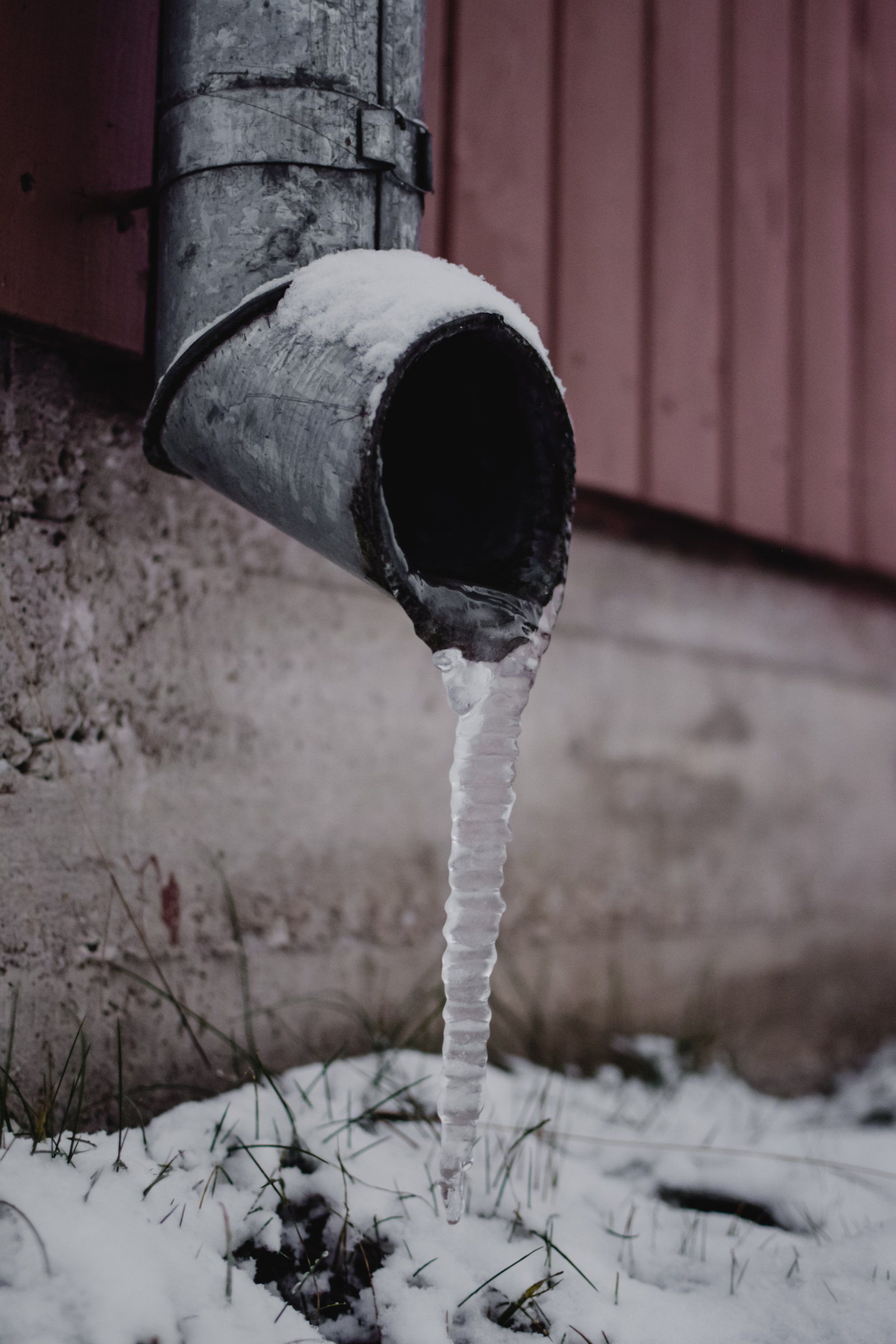What Does Rain Do to Your Indoor Air Quality?
Rain is often seen as a cleanser in nature, washing away pollutants from the air and streets, fostering growth, and replenishing ecosystems. But have you ever wondered what impact rainfall has on the indoor air quality of your home or place of work? It turns out, the effects can be pretty significant.
Let’s delve into how rain influences the air inside our homes and what steps we can take to ensure it helps rather than hinders our indoor environment.
Rain’s Impact on Indoor Air Quality
1. Increased Humidity and Potential Mold Growth
Rain comes with humidity. When it's humid outside, that moisture in the air can enter your home—either through open windows or doors or by permeation through walls and roofs. If this moisture becomes trapped inside, it can raise your home’s indoor humidity levels, creating an ideal environment for mold and mildew to develop. These fungi not only smell unpleasant but can also exacerbate or lead to health problems like allergies and respiratory issues.
2. Cleansing the Outdoor Air
On a positive note, rain can improve outdoor air quality by settling dust, pollen, and particulate pollution, which could mean cleaner air entering your home if you're airing it out post-rainfall. This can be particularly beneficial in areas with high levels of air pollution.
3. Bringing in Pollutants
While rain cleans the air outside, it can also bring pollutants into your home. Acid rain, a byproduct of rain mixed with industrial pollutants, can introduce acidic elements to your indoor environment. This may not typically pose significant harm, especially in areas with strict environmental regulations, but it's a potential concern.
4. Impact on Ventilation Systems
Rain can also affect how well your home’s ventilation systems work. For example, highly humid air can strain HVAC systems, reducing their efficiency and potentially leading to greater energy use and higher utility bills.
How to Manage Indoor Air Quality During Rainy Seasons
1. Use Dehumidifiers
To combat increased humidity, consider using a dehumidifier. These devices can help maintain an optimal indoor humidity level (ideally between 30% and 50%), preventing mold growth and making the air more comfortable.
2. Improve Ventilation
Utilizing exhaust fans and ensuring your home has adequate ventilation can help maintain good air quality, especially in humid conditions. This is crucial in areas like kitchens and bathrooms where moisture levels can build up quickly.
3. Regular Maintenance of HVAC Systems
Ensure that your heating, ventilation, and air conditioning systems are regularly checked and maintained. Clean or replace filters regularly to prevent the buildup of mold and mildew within the system that could spread throughout your home.
4. Seal Windows and Doors
Ensure that all windows and doors are properly sealed to prevent excess moisture from leaking into your home during heavy rains.
5. Monitor Air Quality
Invest in an indoor air quality monitor. These devices can help you keep track of the levels of various pollutants in your home, letting you know when to take action to purify your air.
Rain affects indoor air quality in several ways, from increasing humidity that can spur mold growth to washing away outdoor pollutants that might otherwise enter your home. By taking steps to control humidity, enhance ventilation, and maintain your home’s structural integrity, you can enjoy the refreshing benefits of a rainy day without compromising the air you breathe indoors.
Ensure your home remains a safe harbor during the wet season by being prepared and proactive about your indoor air quality!
#IndoorAirQuality #HomeMaintenance #RainyDays #HealthyHome #AirQualityTips






